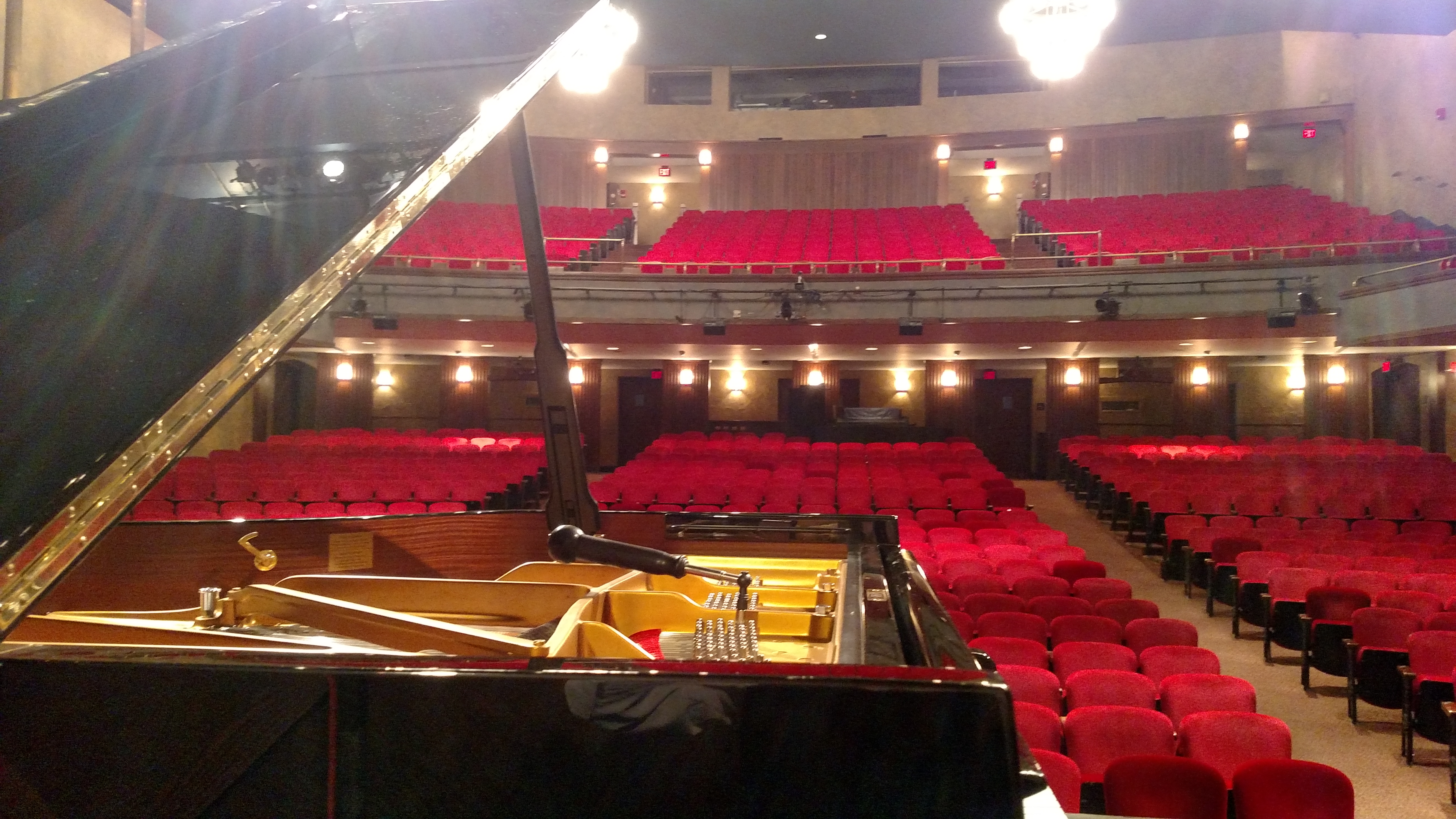Christopher Hill, RPT
(609) 426-1818
- What does “RPT” mean?
It means Registered Piano Technician of The Piano Technicians Guild. The Piano Technicians Guild is a national organization with local chapters. In order to become an RPT one must pass three tests, taking about ten hours total. There is a written test, technical test (repairs and regulation,) and a tuning test. I had more than twenty years in the business before I became a member and took the tests. I joined because I was worried about the future of the profession. Anyone can buy the tools and call themselves qualified to tune and repair! Unfortunately, some of these people are doing great harm to instruments because they did not receive proper training. My hope is that the public will turn to the Guild to find qualified tuner/technicians.
- What is the difference between a “tuner” and a “technician?”
“Technician” means that someone knows how to repair and regulate pianos. There are some people that only tune! How? I don’t know. Almost every piano I encounter need something else besides tuning. Even if it’s just some quick and minor adjustments.
- How much is piano tuning?
The short answer is $175 plus tax. But there are five issues that require a longer answer: Does the piano have mechanical problems with the keys or pedals or anything else that you want fixed? Has it been forever since the last tuning? Has the piano suffered extreme environmental changes? Was the last tuning done competently? Are you located in my normal service area?
- What if it has been “forever” since the last tuning?
If a piano is not kept in tune then the overall tension on its frame can drop. As an example: A piano that has gone 5 to 15 years since it’s last tuning, because you can’t remember for sure, has dropped a half tone. That means that when you play a key on the piano you are actually hearing the pitch of the true note just below it. (This is a disaster for someone who is taking piano or voice lessons or trying to play with other musicians.) In order to get it up to pitch AND in tune I now have to go through the tuning twice.
- WHY?
The average piano has about 18 tons of tension on its frame. If its a half tone flat that is a difference of about two tons. The first tuning is “The Pitch Raise” in order to get the proper tension on the frame. The wood in the frame and even the cast iron plate will compress under this new two tons of tension. The second pass through is to do the actual tuning since every string previously tuned has already settled.
- What will a pitch raise AND tuning cost?
The short answer is $275 plus tax. This answer assumes no mechanical problems AND that no strings break during this procedure. There is no way to predict whether or not strings will break until you try and pull them up. (Rust and corrosion on the strings increase the likelihood of breakage.)
- What if I am having mechanical problems?
It’s impossible to give prices without seeing the piano. Even if you describe it to the best of your ability! If you say “I have sticking keys” then I would have to say “There are about sixteen different reasons why keys can stick.”
Some repairs take very little time. I usually don’t charge for these if I am already there for a tuning appointment. But I can’t promise you that.
- So I just have to trust you?
I have been tuning and repairing pianos for over forty-one years. I would not have the reputation that I have if I overcharged my clients. If your piano needs major work I can detail what it needs so you can take your time and decide on what you would like to do.
- How do you go about tuning? Aurally or with a computer?
For the first eighteen years of my career I started by tapping a tuning fork on my knee and going from there: purely an ear tuner. I tuned for some of the best pianists on the planet so I thought I was already doing the best possible job for my clients. Then a highly respected concert tuner/technician, who became a mentor for me, spent five years talking me into adding the computer to my toolkit. An ear tuner listens to and matches partials to get a string where it needs to be. A computer can store these partials for future tunings and can overshoot for pitch corrections in ways that the ear is not capable of. (It also helps in noisy environments.) This is what is called “hybrid” tuning; using both the computer AND the ear.
